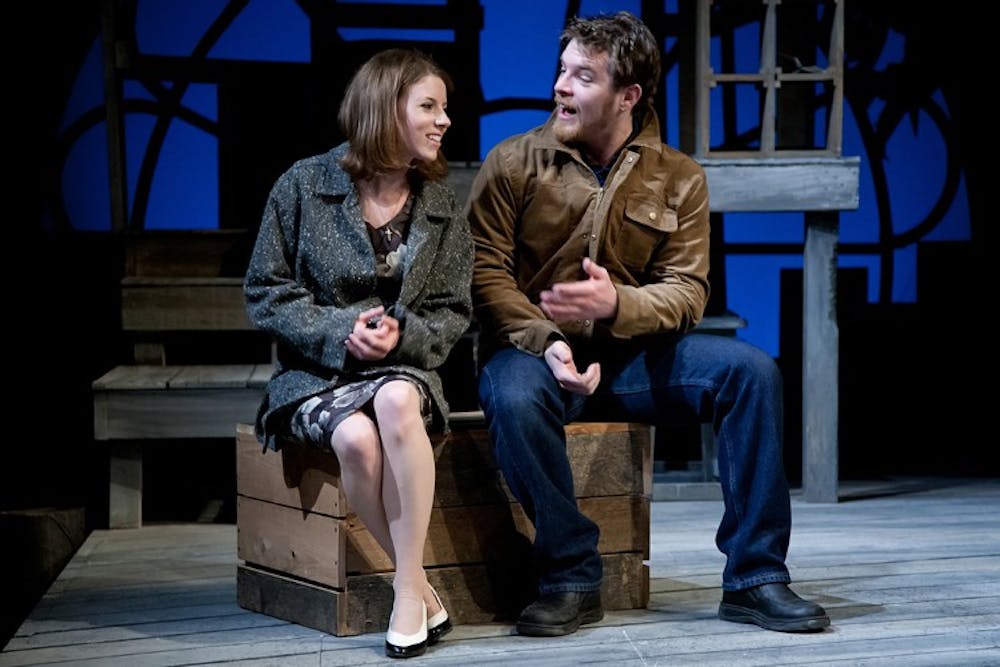The line “I coulda been a contender” is arguably more famous than its source material. With the exception of a few memorable quotes, Budd Schulberg’s script for the Oscar-winning film, “On the Waterfront” hasn’t aged well, but the American Century Theater adaptation works with it creatively. They skillfully play up the evocative elements while toning down the clichés, and the result is a generic but satisfying drama.
Schulberg drew inspiration for “On the Waterfront” from a series of Pulitzer Prize-winning articles published in The New York Sun in 1949. The stories detail the regular murders of New Jersey longshoremen at the hands of a brutal union boss, a topic Schulberg shrewdly recognized as being ripe for Hollywood.
The traditional good-versus-evil plot is grounded in gritty reality, but the angelic hero Terry Malloy seems to be composed more of fiction than fact. Fueled by the fiery rhetoric of a young priest, Malloy and his fellow longshoremen dare to investigate the murders, with predictably tragic consequences.
This story evolved through several forms: first journalism, then film and now it has expanded into three dimensions.
In exchange for the baroque industrial scaffolds that loom in the settings of the film version, the theater production wisely aims for minimalism. The small, square stage has two stories: The first level doubles as the dock and the floor of a church, and Terry Malloy keeps his prized messenger pigeons on the second level. Pitch black envelopes the set on all sides.
The narrow spotlight focuses entirely on the actors, and they rise to the occasion.
Jack Powers’s portrayal of the mild and well-intentioned Malloy is daringly un-ironic. Malloy’s romantic interest, Edie, might have fallen victim to banality if not for Caitlin Shea’s evocative portrayal. Even though her role gradually loses centrality, she manages to maintain a nuanced presence over the course of the entire play.
Bruce Rauscher rounds out the solid cast, playing the belligerent union boss and a timid priest. He slips into both roles effortlessly, using similar loose-limbed gestures to suggest the resignation of the priest and the swaggering volatility of the villain.
The few weaknesses of the play stem from the written material, but the creators work hard to make it relevant to the lives of modern audiences. The information booklet emphasizes the play’s current political implications, and the directors update the dialogue with modern slang, which jars with the actors’ stylized 1940s cadence. The result of these compromises comes off as an awkward combination of the film noir era and “The Wire.”
But thematic decisions such as these are marginal details in a solid production. With the support of a strong cast, the creators work around the inbuilt obstacles of “On the Waterfront” with commendable results.
thescene@theeagleonline.com





